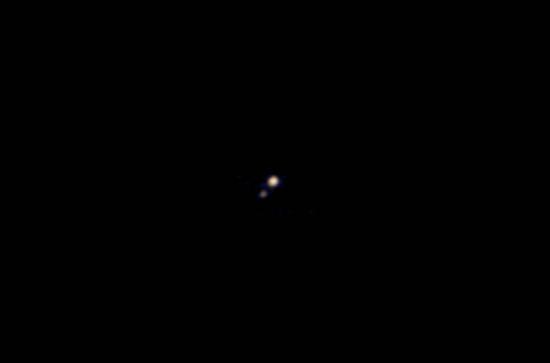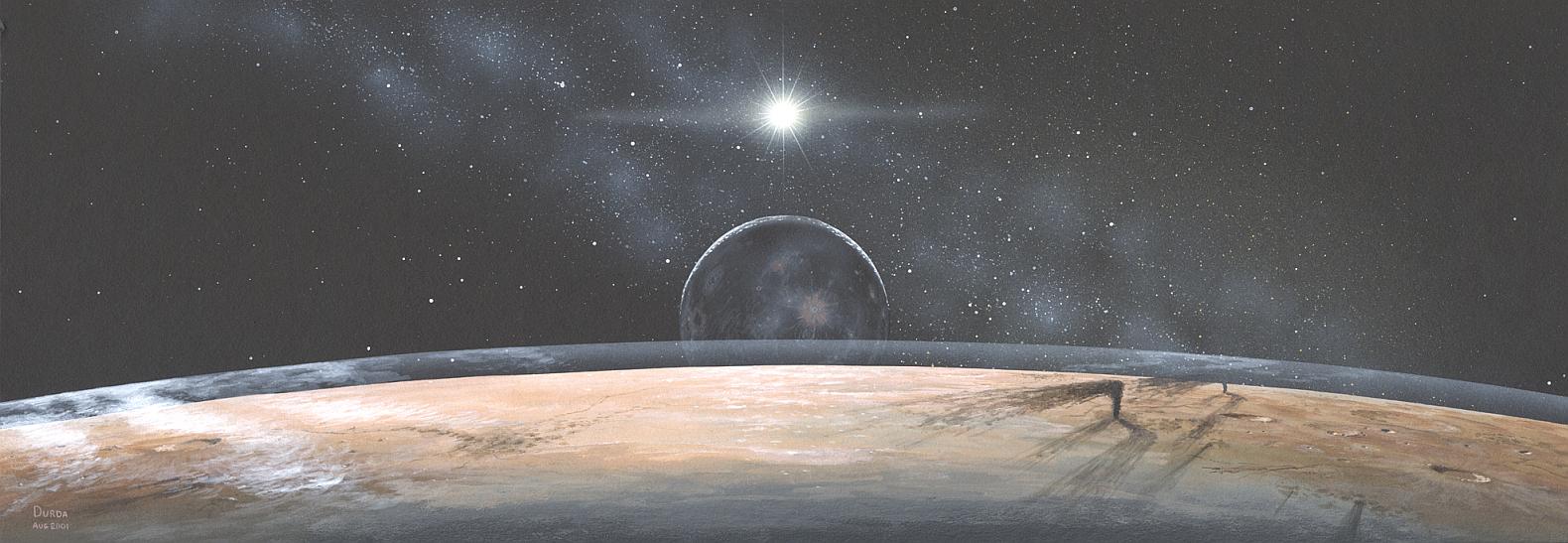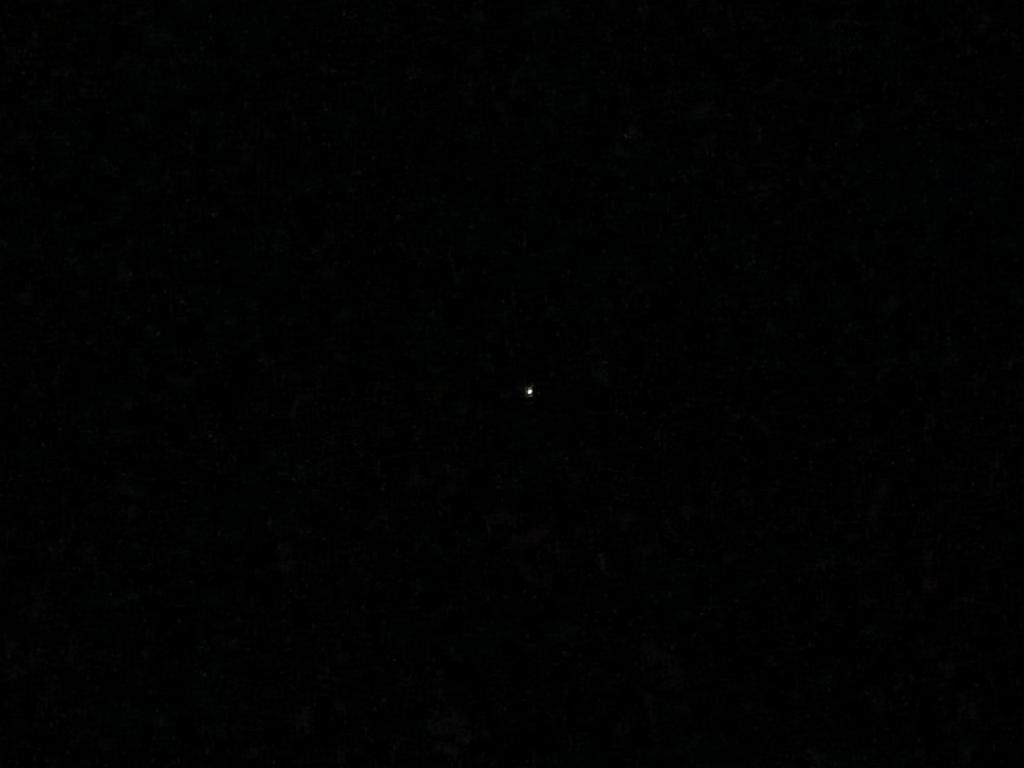As Damsel and I were relaxing last evening, we were startled by a knocking at the back porch. It was the UPS delivery guy with a package we ordered from Amazon. But the package drop-off wasn’t the end of it. The driver said “Come out here and look at this!”
We walked down the driveway looking west and we pretty much saw the image depicted above, although we’re in a darker location than the Phoenix area where the photo was taken.
The phenomenon was attributed to a SpaceX Iridium Satellite launch:
At 5:30 pm on Dec. 22nd, SpaceX launched a 2-stage rocket from Vandenburg Air Force Base near the California coast.
The rocket launched 10 communications satellites to low-Earth orbit, adding to the growing Iridium NEXT constellation. This is the fourth such mission that SpaceX has flown for Iridium. Moreover, the rocket used for this mission had been used before. The Falcon 9 previously flew in June for the second Iridium mission.
It was quite spectacular as we watched the rocket move across the sky with its trail of gas lit up by sunlight high in the atmosphere. We’re glad that the UPS guy alerted us to this unusual event.





